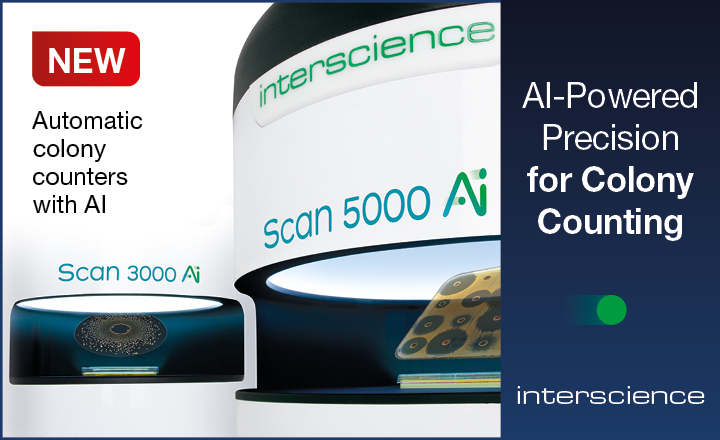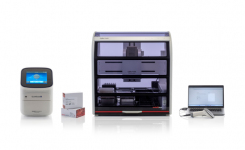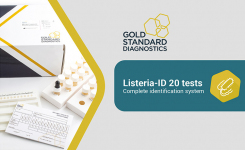A widely-used hematology analyzer has been drafted in by the US government to help develop an algorithm to predict the onset of sepsis. As part of a $7.75million contract between the healthcare diagnostics manufacturer, Beckman Coulter, biomarker algorithm developers Dascena, and the Biomedical Advanced Research and Development Authority (BARDA), a novel machine-learning-based sepsis detection platform will be developed and commercialized.
By combining novel laboratory test parameter values with electronic health record information, the objective for this next-generation analytic algorithm will be to predict and detect sepsis earlier accurately, to reduce sepsis mortality through earlier intervention and reduce the total cost of care.
“Sepsis, defined as dysregulated immune response to infection, is a high-priority health concern accounting for the deaths of approximately 250,000 Americans and millions globally each year, and is the most expensive medical condition encountered in most hospitals,” said Elliott Crouser, M.D., of The Ohio State University Wexner Medical Center, and principal investigator in the clinical trial for Beckman Coulter’s Early Sepsis Indicator. “Delays in the detection and treatment of sepsis during its early phases can contribute significantly to adverse outcomes. The objective of this project will be to deliver earlier and more accurate sepsis detection. The resulting predictive analytic algorithm for sepsis detection is expected to have a major global impact.”
“This project integrates the novel laboratory parameters generated on the Beckman Coulter DxH 900 hematology analyzer into Dascena’s best-in-class sepsis prediction and detection algorithm,” said David Persing, M.D., Ph.D., chief scientific officer for the Danaher diagnostics platform. “We aim to leverage the unique ability of the DxH 900 to detect changes in monocyte distribution width and combine the results, along with other diagnostic parameters and vital-sign data, with a multi-modal algorithm expected to achieve unprecedented levels of performance.”























